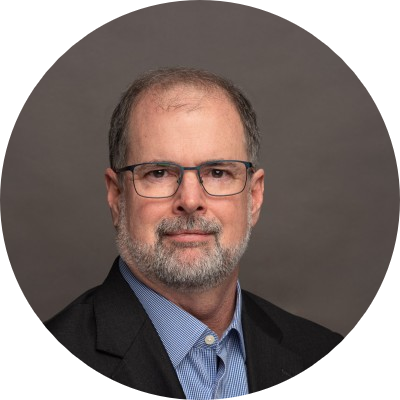John Hogan
John has over 25 years of experience helping businesses and governments transform with new technology. By background a technologist, he was formerly the CTO of IBM’s government software business with his flagship project being the development of IBM’s Smart City software solutions. In this capacity, John conceived and developed the first prototype, pilots, and MVP with IBM’s development, R&D and sales organizations.
Because of his reputation developing new solutions, John took a leading role in IBM’s new AI division, the Watson Group in 2016. It was here that he added data science and ML platform development to his portfolio of skills. For the past 5 years, John has focused almost exclusively on water related technology development with IOT and AI at his own company and at Veolia. The water industry is underserved by technology and is due to be transformed. A natural evolution of IOT and AI is digital twins. John is currently developing the next generation of twins for the industrial water and waste water industries.
John holds two patents and has several published articles. He is a member of the Ocean Exchange non-profit technology incubator and adviser to several startups in the water and sustainability space. A native of Connecticut and Arizona, he has lived in New York since 2000 where he enjoys the abundance of water but misses the crisp, dry Sonoran Desert of Tucson.
Why Water?
There are few substances more fundamental to life than water. Our bodies are made up of about 2/3 water, we can last only 3 days without water, and entire civilizations collapse without abundant, clean water. Yet as a species, we do a horrible job managing our water resources. A quick Google of water quality issues will return 100s of serious situations from Cape Town to California to Chennai.
There are many reasons for these issues, but I hope to use my technology skills especially with IOT and AI to find resolutions to some of these problems. I hope to find more efficient, scalable methods to produce and deliver clean water by applying new technology to old problems such as predictive equipment failure, and reduction of energy and GHG emissions for water and waste water production.

